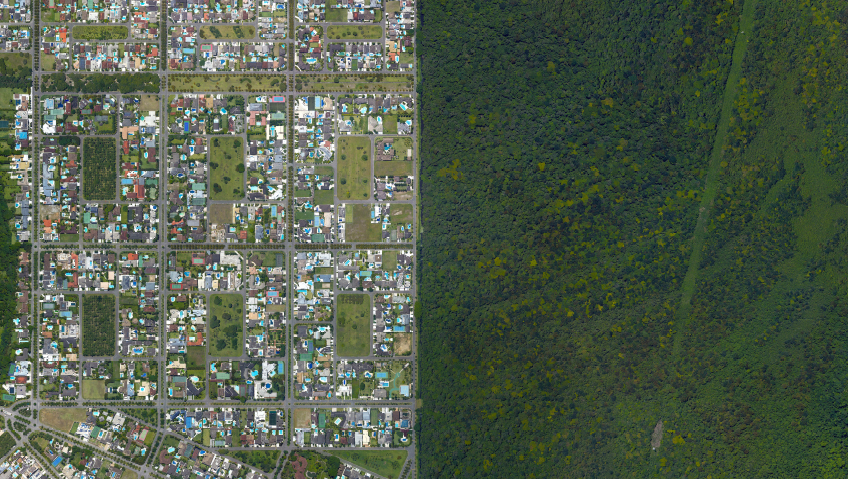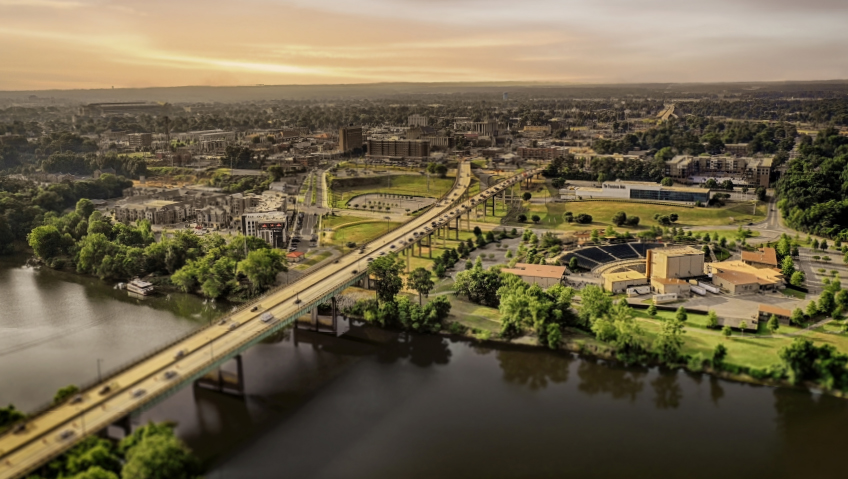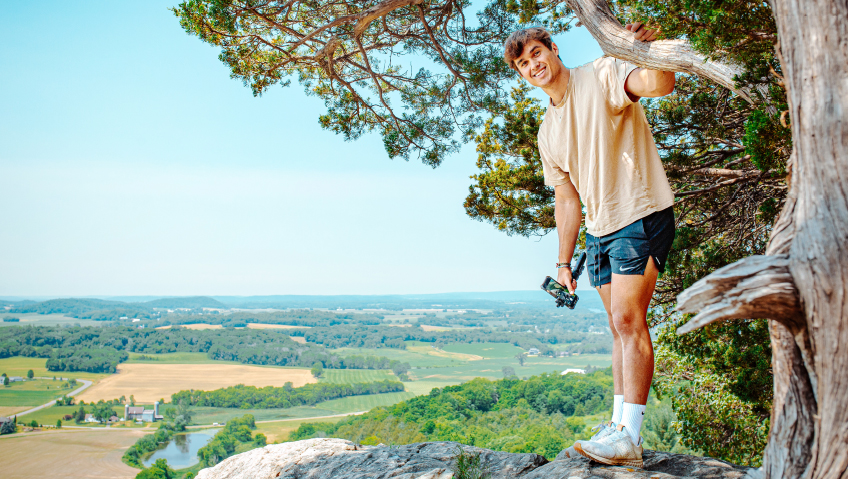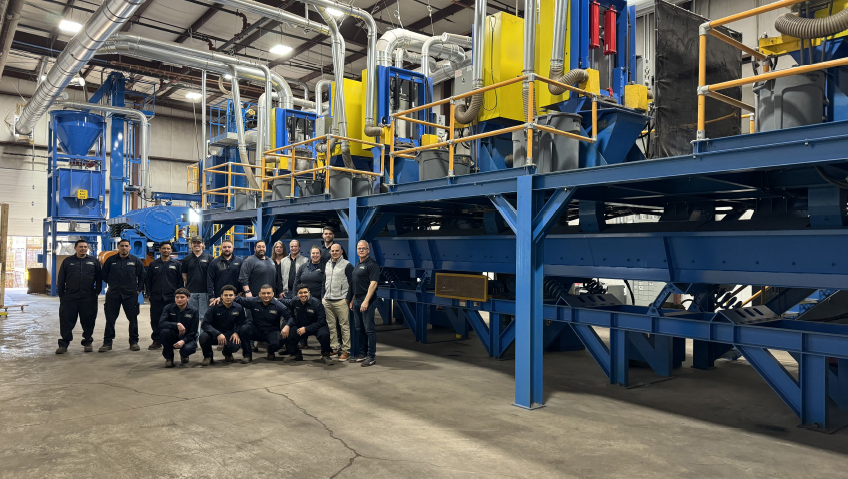As an increasingly cerebral species, homo sapiens appears to forget at times that, rather than it being an external, optional force to be tailored to our every whim, humans are as much a part of nature as nature itself. For this reason, human ancestors maintained for centuries that spending time in nature is crucial to maintaining sensible boisterousness and overall good health. That time spent in nature is pretty good for you.
Now, western science is backing up this assertion. As a result, progressive city planners are reinventing how urban spaces should and should not function and how they can implement more humane, healthy design decisions to stimulate happier communities. As a result of extensive research in this field, experts suggest that less “concrete” and more “jungle” may be the recipe to alleviate many common modern malaises.
Statistics show that a lack of time spent in nature could be the cause of a rise in health issues including anxiety, depression, heart issues, diabetes, and more, specifically amongst people living in highly urbanized areas. To counteract the effects of the shortage of natural spaces in and around built-up areas, many urban planners are stepping up and voicing their concerns regarding existing cities “being designed for cars rather than people.” And, by voicing the urgency of transforming cities into more humane places, these trailblazing city planners are changing how urban spaces function now and into the future.
Many local and international programs and initiatives support the shift. The World Economic Forum reported last year that, in Canada, as many as 1000 health care professionals are writing scripts with instructions for patients to spend time outdoors. It is part of the country’s perception-shifting, evidence-based nature prescription program launched in 2022. Such scripts also provide patients with free park passes valid for 12 months as part of the PaRx initiative, which aims to improve Canadians’ overall well-being by giving them free access to nature for a minimum of two hours per week, “using the outdoors as natural medicine.”
Acknowledging this intrinsic relationship to nature is by no means new, of course. People have been expressing unique relationships to nature since time immemorial. Generally speaking, our ancestors spent much more time outdoors than the average modern urbanite does. And so, it does raise the question of whether our disconnect from nature as a result of changing lifestyles is not perhaps at the root of many personal and social problems.
“When my psychotherapy clients are feeling emotionally homeless, which is often, I take them back to that abode which, deep in their spirits, they remember as the domicile of their Earth Mother, their heart’s first home,” Phillip Sutton Chard said 30 years ago in his book The Healing Earth: Nature’s Medicine for the Troubled Soul. “I remind them of that greater family—that conclave of nature—of which we are all part. And most do remember,” he continues. He also notes that, in Lakota tradition, wise Elders believed that, when removed from nature, we tend to harden, slowly losing our humanity.
As a result, a growing number of urban planners like Lior Steinberg and others are taking up the benevolent battle and speaking out to drive positive changes in bringing nature back into cities, in the process making them happier places, more appropriate for life to flourish. And city dwellers appear to be ready to embrace such change. The New York Daily News reported polls showing New Yorkers to be happy to turn as much of 70 percent of vehicle space into areas for walking, cycling, and the like, just two years ago. While Rome was not built in a day, these attitudes are evident in changing values and residents being sufficiently empowered to voice their needs.
Reflecting on all these sentiments, author and professor Arthur Versluis wrote in Sacred Earth: The Spiritual Landscape of Native America, “Our lives are a cacophony; insulated from wind and rain and sun, from heat and cold, we are ensphered in our own catacombs of metal and concrete and plastic. Living in such a world, is it any wonder that we turn to drugs, to ever more sensational means of stimulation, to entertainment that renders us catatonic? Insulated from nature, ungrounded, why should we be surprised at our own brutality? Where in such a world is there room for gratitude and for what should we be grateful?”
Becoming apparently and entirely disconnected from the understanding of the boundless power of nature, entire states and countries seem to lose sight of the impact of their environmental decisions within the bigger planetary scheme of things. As Dubai and many other places on Earth battle severe weather conditions courtesy of climate change, it would be safe to say that nature, when sufficiently displeased, is not always the stress-free haven we humans like to think of her as, but rather a law unto herself.
While in a corporate, industrial, and commercial sense, it may seem frivolous considering the planet to be a living entity endowed with rights, some countries have granted nature legal rights, giving the concept social merit and legitimacy. And the list of signatories is growing. Some of these countries include Ecuador, Bolivia, India, and the United States, with Pennsylvania being the first state on record to have committed to improving ecological and human well-being in this way.
But it is not only our health that improves in natural spaces. Bringing more plants and trees into urban settings also cools them down. This means slowly creating pleasant temperatures where new micro-ecosystems can thrive. Starting by creating tree canopies and allowing foliage to sprout between pavers, green is the new gold.
Ever notice that the shade beneath trees is cooler than the shade beneath shade cloth? That is thanks to evaporative cooling and sophisticated natural tree technology that typical urban, human-made shade simply cannot match without wasting precious resources like water. In addition, green urban landscaping not only cools cities down significantly; it also absorbs water better, helping to prevent flooding and erosion of precious topsoil.
One proponent of approaching urban landscaping with stormwater management at the forefront of every design decision is Kongjian Yu, who received the Oberlander Prize in recognition of his innovation in the field. A close brush with drowning as a child gave Yu the insight that to render powerful, rushing waters safe, settled soil and adequate plant growth are needed to guide its course and mitigate damage.
“How you manage water, how you treat water, how you make use of water is the key to [recreating] the Land of Peach Blossoms,” Yu says, underscoring the need for a revolution in how urban design adapts to nature to help create a symbiosis between humans and the powerful forces that threaten to overwhelm them at times.
From this symbiosis, we stand to gain greater personal satisfaction and a sense of peace and connection. “There are many studies that demonstrate how spending time in nature can improve mood, lower anxiety, and improve cognition and memory,” said Mayo Clinic nurse practitioner Jodie M. Smith, APRN., C.N.P., D.N.P., M.S.N., in a piece by Sara Youngblood Gregory for the Mayo Clinic. “Making time for nature is important for us to maintain resiliency and promote self-care in a world that demands a lot from us.”
From being proven to calm our sympathetic nervous systems in less time than it takes most to finish a hot cappuccino to mitigating attention-deficit/hyperactivity disorder (ADHD) and post-traumatic stress disorder (PTSD), taking time out to simply put bare feet on a lawn when the wild is out of reach goes a long way to finding connection, to self and the world. By remaining connected to nature, we too remain vitally alive—even in the urban hustle.






